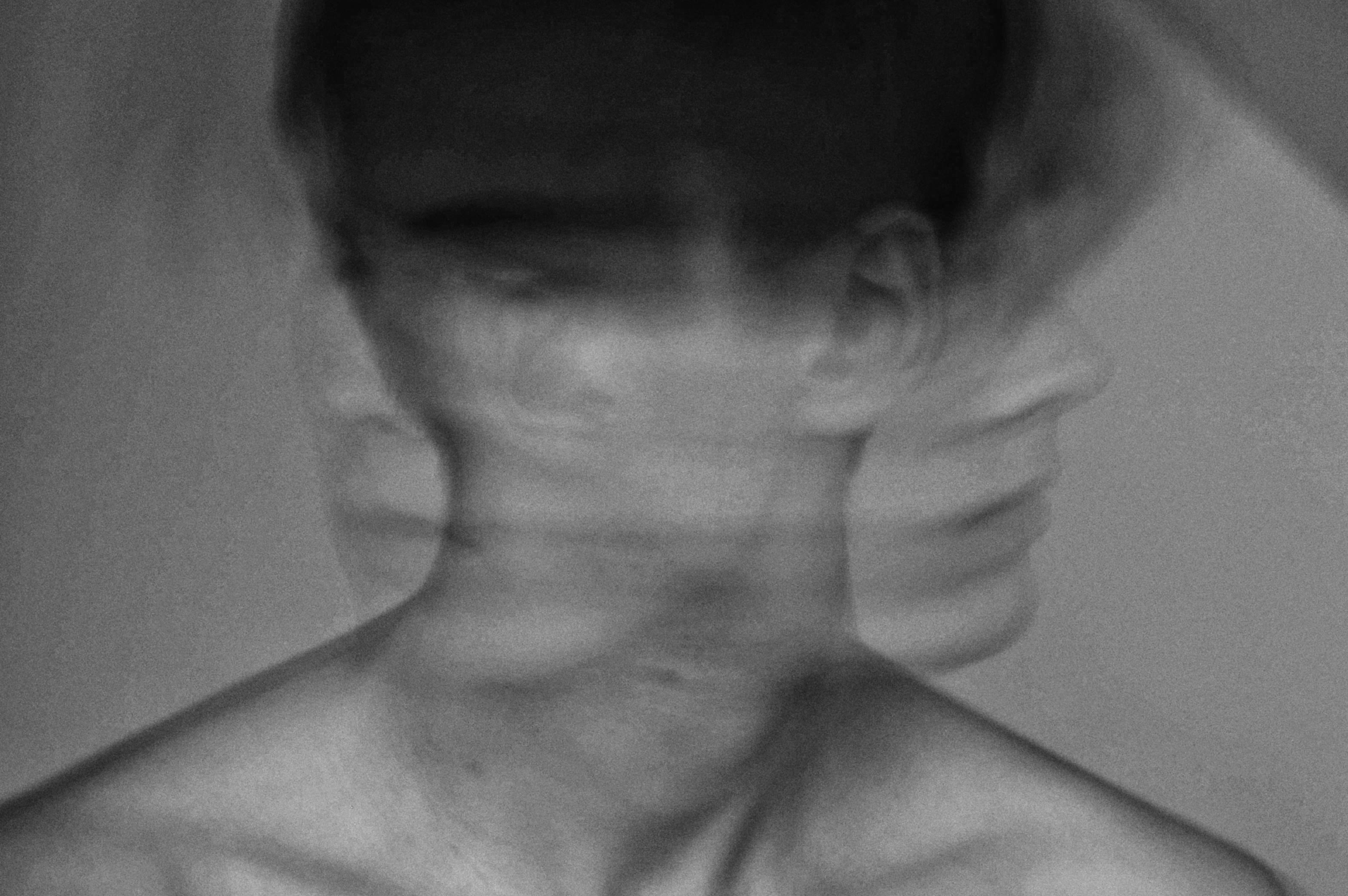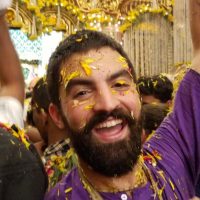
*Editor’s Note: Elephant is not your doctor or hospital. Our lawyers would say “this web site is not designed to, and should not be construed to provide medical advice, professional diagnosis, opinion, or treatment to you or any other individual, and is not intended as a substitute for medical or professional care and treatment. Always consult a health professional before trying out new home therapies or changing your diet.” But we can’t afford lawyers, and you knew all that. ~ Ed.
I should not have entered into a psychosis. There was no reason for it.
I wanted relief from my struggle with mental illness. A decade of therapy and years of yoga and pharmaceutical medications had done wonders, but never quite got to the root. I’d heard the good and the bad about ayahuasca—that it could cure the incurable, but could be unsafe.
I found a center that promised a safe experience and my desperation hooked onto the bait.
Ayahuasca is not inherently unsafe. It is a wonderful drug for alleviating trauma. However, it is an intense experience directly related to the amount taken, other participants, and other factors like personal diet (and therefore the diet of the other participants).
Some indigenous groups call ayahuasca la medicina, Spanish for “the medicine.” It is so powerful that many have successfully kicked heroin habits with its help. The ayahuasca experience (referred to as a ceremony) does not, however, seem medicinal. The process typically puts us face to face with our repressed fears. Some of us will feel sick and vomit in the process.
I’ve long held onto a lot of repressed fears. As is the nature of it, I had no idea that these memories were weighing me down. Nothing within me said, “Hey, maybe this ceaseless anxiety is related to my past.” The thought was more like, “F*ck! Was I born broken?”
I do not think it is the nature of ayahuasca to induce psychotic episodes. As mentioned, repressed fears are a part of the experience. It is the job of the facilitators to guide us through the fear before we are too far gone. A proper ayahuasca ceremony is more like getting surgery than popping a pill, yet it is unlike anything within the Western surgical lexicon.
Western surgeries tend to operate like an army. The surgeon enters the body to eradicate a specific threat. An ayahuasca surgery, on the other hand, is more like a heavy rainstorm. The rains flood out limiting habits and uproot repressed traumas. A heavy rainstorm doesn’t sound too bad, right? You go inside, put on Netflix, and chill.
It’s not like that. The severity of the rainstorm is directly related to the other factors mentioned earlier. In my more recent experience, a ceremony with a small group, led by a trusted facilitator (typically referred to as a shaman or ayahuascero) who serves a proper dosage, is like a heavy rainstorm.
In my more recent experience, the things that come up are difficult, but manageable. One time, I observed how my present anxiety related to my childhood fears. I saw how my need to be recognized in my office was related to my childhood fear of being overlooked. This didn’t appear as a hallucinogenic vision. Rather, I understood it through the movement of my thoughts.
The center I first went to provided the opposite setting; an absurdly large group of about 70 people, virtually unknown facilitators, and a staff that emphasized drinking ayahuasca like it was 50-cent shot night. It was like intentionally conjuring Katrina.
My mind lost its grip on reality and slipped into a place where it could not distinguish between dream and awake. The things I experienced were symbolic stand-ins for my underlying fears. On one night, I thought there was a demon living inside of me and that if I were to stand up, it would kill me. The intensity was too great to understand that this was a dreamlike representation of my self-doubt. Instead, I understood this to be reality. My vision even changed to match the dream, as I hallucinated rising flames around me. This grew more intense over the four nights. As the staff was not available to support me during the ceremonies, my grip on reality nearly severed and I floated into a deep psychosis.
I’m not sure if this experience is normal for mega ceremonies. Most of the other participants seemed to be happy. Then again, I thought I was happy too until I was laying near unconscious on the resort grounds (and again six months later).
Things got worse before they got better. They didn’t have to.
Even the lightest of surgeries require some sort of rehabilitation. After a knee replacement it takes time, patience, and oftentimes therapy to feel comfortable walking. The rehabilitation process after an ayahuasca ceremony (also referred to as integration) is tricky. We don’t have a new knee to accustom ourselves to. We have repressed memories to psychologically integrate. And that is difficult. Our psyches worked hard to block out those memories. It’s the stuff that triggers our base fears. It takes time and effort to become comfortable holding them.
To be clear, ayahuasca does not cure us of these memories. Drinking the brew will not magically make us comfortable with our past. It will only surface the fears. It is what we do afterward that cures us.
Rehabilitation for the mega ceremony initially seemed like a part of the package. The center held a mandatory class on how to integrate, and created an online community for the participants. If a participant wanted more, they could purchase extra materials on their way out. Personally, I found it difficult to grasp a word said during the class. Maybe it was the multiple nights of DMT (the psychoactive ingredient in ayahuasca). Who knows?
I bought the exit package, a video course, and a tincture of ayahuasca, as well as a tobacco snuff. The staff member giddily preached the benefits of microdosing the ayahuasca daily and inhaling the tobacco as often as I liked. He didn’t have much to say about the video. The online group fluttered with activity for the first week or two. Thereafter, the only posts were advertisements for the center’s products and services.
In my experience, a contemplative practice (like mantra or meditation), an expressive community (like kirtan or ecstatic dance), and psychotherapy are foundational after a heavy rainstorm-like ceremony. All three ground and support me as I remember how to be comfortable as me. The ostensible rehabilitation provided by the center is akin to being left on the side of the road with bandages and neosporin after having a leg amputated. It led to a major mental health episode that literally nearly killed me. It is a miracle that I neither died nor became locked up in a mental hospital.
The intention of this essay is not to scare any person from taking ayahuasca. It is to shed light on the serious risks of mega ceremonies, especially for folks with a history of mental illness (to be clear, I disclosed my mental health history with the center before the first ceremony).
Based on my more recent experience, a small ceremony with trusted facilitators who are available during and after it does not pose the same risks as a mega ceremony. I never came remotely close to a psychosis in these smaller settings. Additionally, the months-long, direct guidance of small-ceremony facilitators post-ceremony allowed me to gain the most from the experience. With proper guidance during and after the ceremony, we heal ourselves from the traumas ayahuasca unearths within us.
I have recovered from mental illnesses that most medical professionals would deem incurable. This is not directly from drinking ayahuasca. The medicine itself showed me the root, but did not clear the diseases. Ayahuasca created the space for the guidance of my yoga practices, community, and therapists to rid my mind of its diseases. The clearance of my mental illness was a result of the inner work I did for years before and after many ceremonies.
If I could do it over again, I would skip the “immediate gratification” of a mega ceremony in favor of few small ceremonies over many years. I believe this would have supported my healing journey as well as, if not far better than participation in fewer mega ceremonies.
I recognize that my experience with a mega ceremony, and ayahuasca in general, may be radically different from yours, but awareness is required for each of us to make the right decisions for ourselves. Please share your personal ayahuasca story—regardless of whether or not you agree with my experience—in the comments below.








Read 8 comments and reply